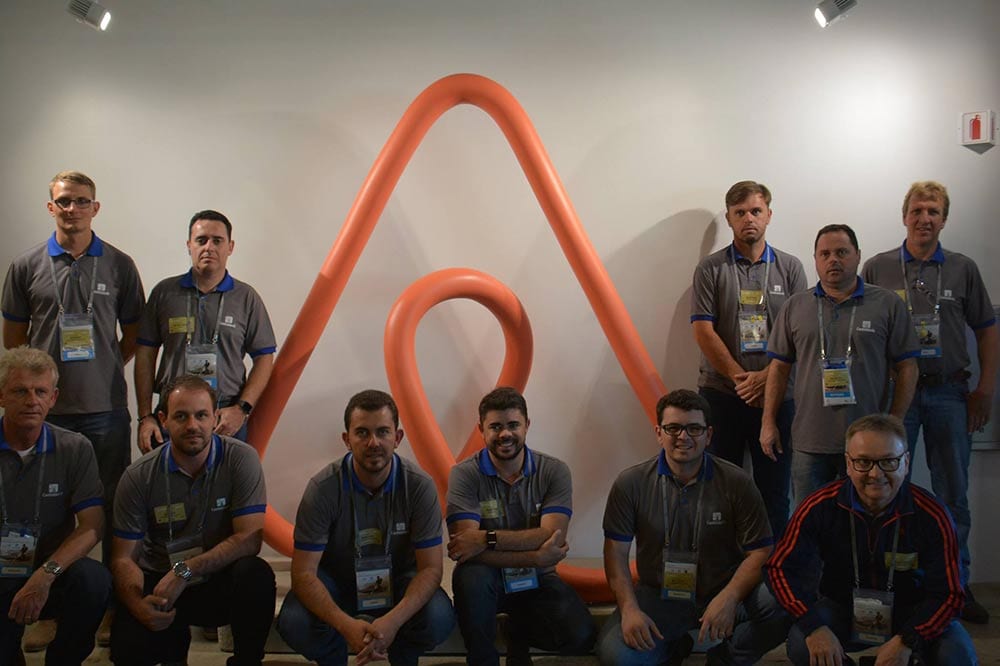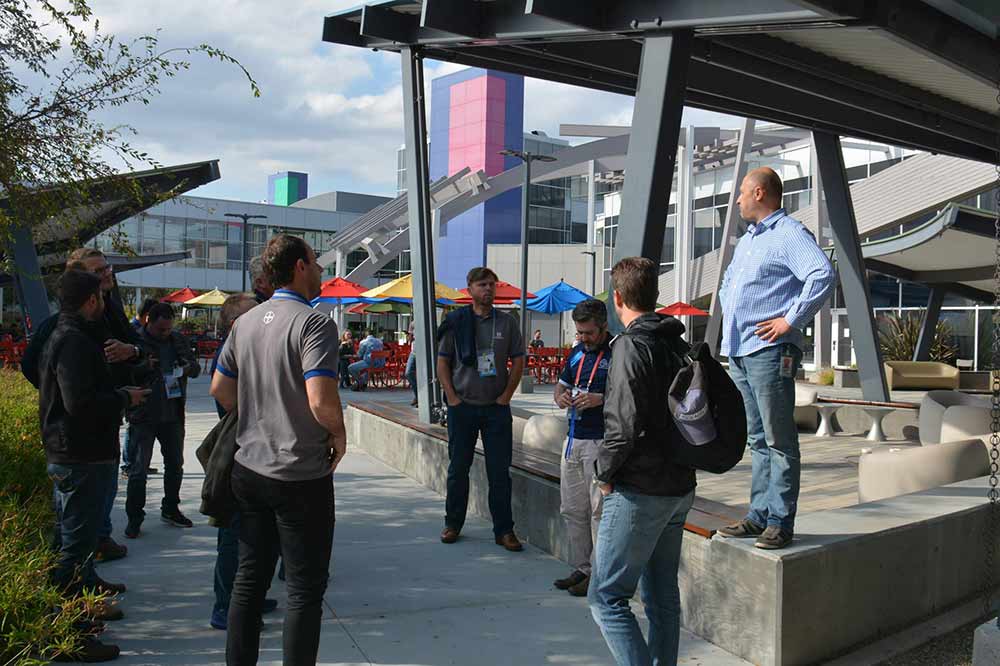Silicon Valley is undoubtedly a place where any company can find innovative, technology-driven solutions to its thorniest problems. That is just as true for enterprises from the agricultural sector as from anywhere else, although the tech mecca has traditionally not been associated with breakthroughs in farming in the same way it has for many other industries; transport (Uber, Tesla), travel (Airbnb) and e-commerce (Amazon, eBay) being perhaps among the most notable examples.
Yet for CBH, Australia’s biggest exporter of grain, a trip to Silicon Valley turned out to be hugely worthwhile. The organization had approached us at the Silicon Valley Innovation Center on the back of a positive recommendation from compatriots at Bank of Queensland (the financial institution took one of our tours not long ago). That was something which generated a certain amount of expectation on the client side and, therefore, a greater-than-usual amount of pressure on us to deliver.
We were, of course, unfazed by this. That said, the recent explosion of interest in bitcoin and the general rise in awareness globally of the influence of FinTech as an offshoot of the financial services sector meant that when it came to Bank of Queensland’s tour, we were able to take for granted that the company’s executives already had a reasonable understanding of what they were getting themselves into before they set foot in Northern California.
With CBH, however, we could not make any such assumptions. Unlike FinTech and its rising superstars (see Stripe and Coinbase, among others) the world of AgriTech is somewhat more obscure.

What the team from Australia certainly did know was where it was falling short; namely, a lack of collaboration with the startup ecosystem, a supply chain in need of digitization and a dearth of high-tech solutions to offer its clients, the majority of whom are farmers.
At SVIC, we took our usual course of action: we studied the list of CBH’s problems or “pain points” as we like to call them, and custom-designed a tour of Silicon Valley. The goal was to connect the grain exporter with some of AgriTech’s hottest startups and introduce it to the core principles of corporate innovative as they are being practiced today by leading companies.
CBH’s program was five days long. Here are the highlights:
Startup Engagement
One of our specialties at SVIC is bridging the gap between corporates and early stage enterprises. Although seemingly inherently opposed to one another, the two classes of business are in many ways a natural fit. Where corporations have the money and the client base startups crave, startups have the innovative ideas and tech-savvy personnel so often needed at big companies.
That characterization is something of a stereotype but it proved to hold true for CBH. That was why we introduced the company to Planet, a startup building and operating satellites to collect data and imagery on the Earth’s landmass. The application of such technology to agriculture and the advantages it can bring to farmers were immediately clear to CBH, which was eager to adopt Planet’s approach for a platform of its own.
Further learnings came at a meeting with Granular where CBH found out about how cloud computing and big data analytics can help growers better manage resources in order to increase yields and profits.

So far, so innovative. But the best, as they say, was yet to come. It wasn’t until the fifth and final day of the tour that CBH met Blue River Technology, a startup which proved to be the most inspiring of all.
The appeal was in the marriage of computer vision and artificial intelligence: Blue River Technology’s smart machines not only independently spray crops with herbicides to eliminate weeds, they also analyze each plant in a field to determine exactly what chemicals are needed where and in what quantities. Using this approach the startup is hoping it can do some good for the world by tackling herbicide-resistant weeds, a growing challenge to agriculture globally.

Unfortunately for CBH, Blue River Technology’s work is currently focused on crops other than grain. But just the fact of seeing the pioneering work being done by the startup was enough to convince the Australian exporter once and for all that being more involved in the Silicon Valley scene is vital. The team realized that if CBH could be the one to discover the next revolutionary breakthrough in wheat and barley cultivation, the advantages to the business could be almost inconceivably large.
Plug in and Play
Since its visit with us to Silicon Valley, CBH has launched its own software platform and taken steps to significantly optimize its supply chain operations. Clearly, the company has fully taken to heart the need for innovation. No doubt it will soon be partnering with a growing list of startups and setting off on all manner of interesting ventures to discover the next big breakthrough in grain agriculture.
At SVIC we like to think we had a hand in driving all this activity. We can’t take all the credit of course, our function having been simply to help the CBH team understand not only the solutions technology offers today but also the answers it might be able to provide tomorrow, given the right investments. All we could do was offer a stimulus, with any further steps being CBH’s to make, and make alone.

Yet fulfilling our role meant more than just introducing the grain exporter to startups. We also took it to meetings at big companies which have nothing to do with agriculture like Google and Mercedes Benz; we connected it to innovation hubs like Rocketspace and The Vault; we helped it make links with venture capital firms like Mohr Davidow and Naiss. This was all in service of putting CBH on the path toward greater corporate innovation by showing the Australian company how the process works from all angles and how it is being practiced today by some of the world’s leading organizations.
The new knowledge and networks CBH acquired during its time in Silicon Valley has put the company in a position from which it can genuinely look at new technologies as fertile grounds of opportunity and not as threats. That represents a radical change of perspective and is a mindset which most large enterprises find it difficult to adopt.
In Silicon Valley, however, the status quo has always been seen as something in need of disruption, with technology the principal means of making that happen. That’s why the tech hub is an endlessly fascinating place to be; we know it and now that CBH knows it too, we expect they’ll be back very soon.